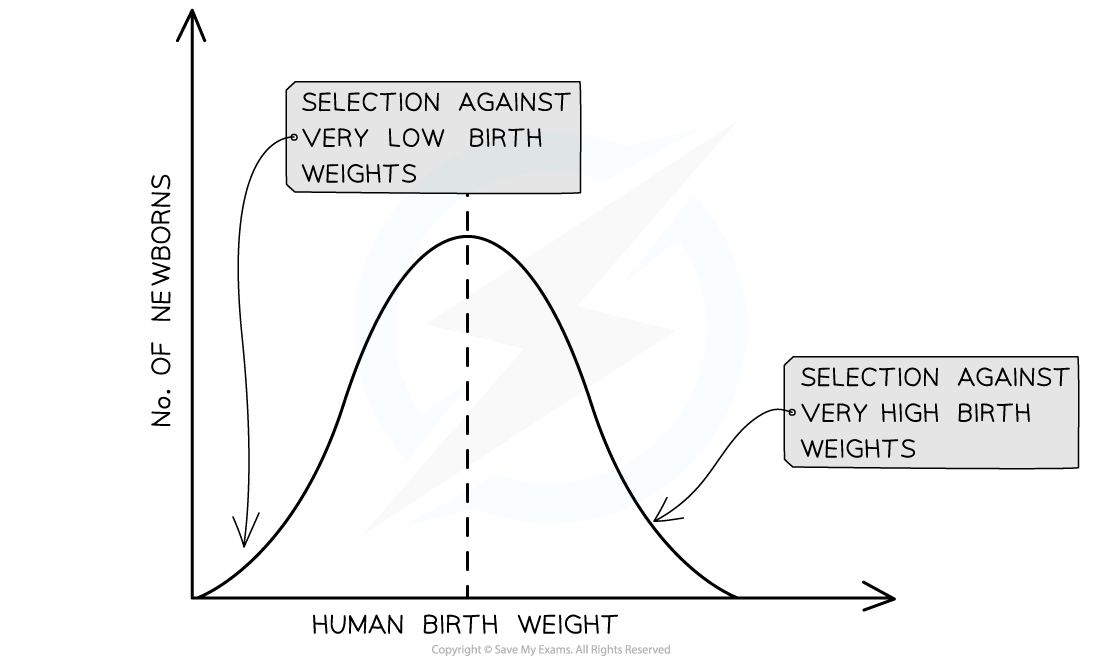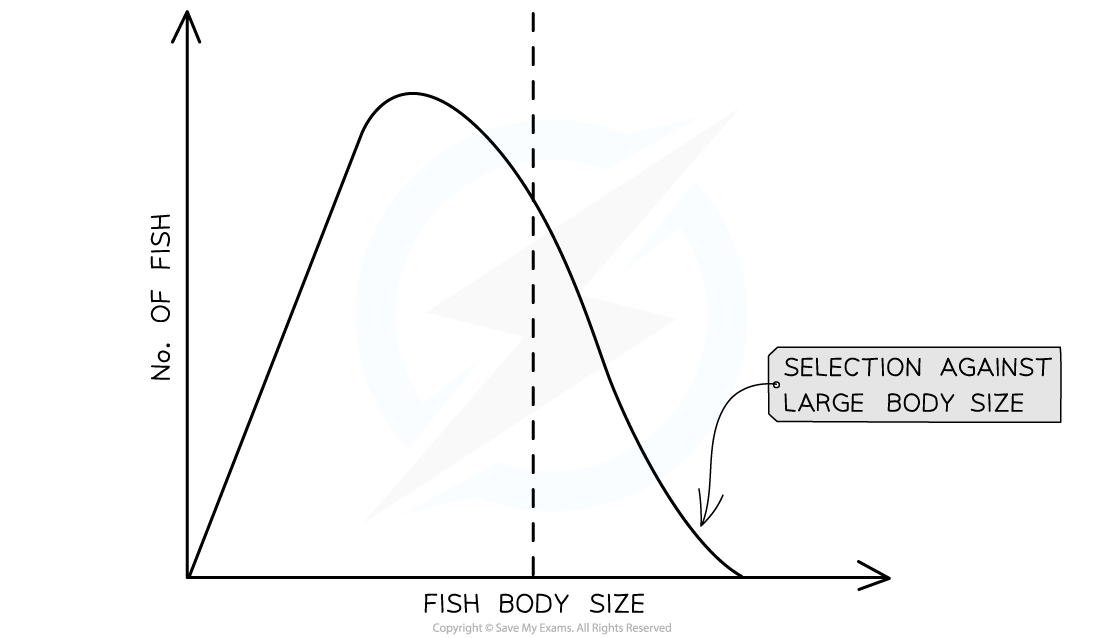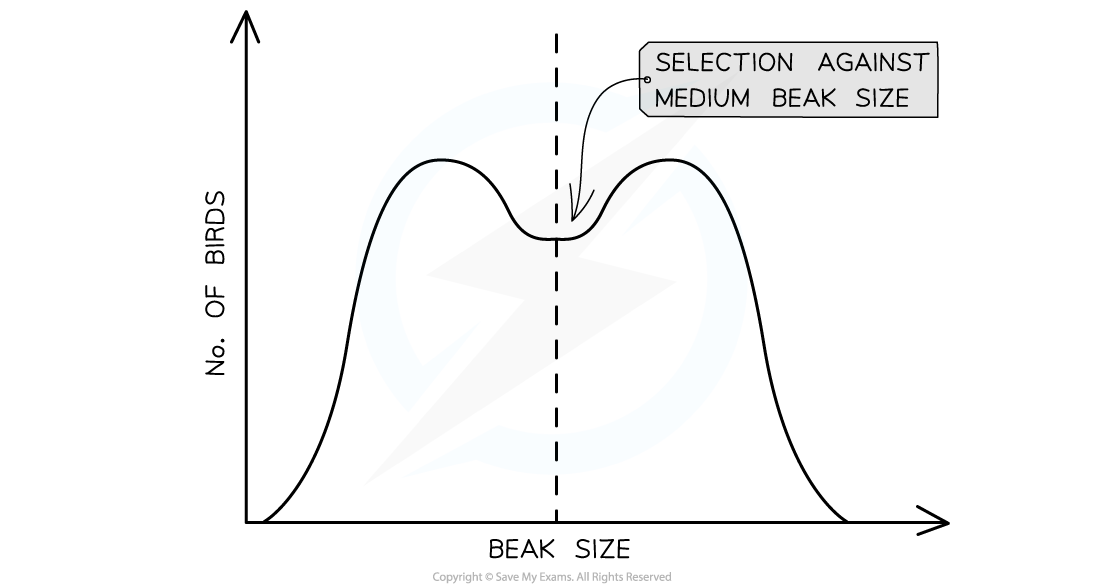Natural Selection: Types of Selection (Cambridge (CIE) A Level Biology): Revision Note
Exam code: 9700
Natural selection: types of selection
Environmental factors that affect the chance of survival of an organism are selection pressures
For example, there could be high competition for food between lions if there is not plentiful prey available
This environmental factor ‘selects’ for faster, more powerful lions that are better hunters
These selection pressures can have different effects on the allele frequencies of a population through natural selection
There are three types of selection:
Stabilising
Disruptive
Directional
Stabilising selection
Stabilising selection is natural selection that keeps allele frequencies relatively constant over generations
This means that allele frequencies stay constant unless there is a change in the environment
A classic example of stabilising selection can be seen in human birth weights
Very low and very high birth weights are selected against leading to the maintenance of intermediate birth weights
It is disadvantageous to have a very low birth weight because it increases the risk of health complications for the baby
It is disadvantageous to have a very high birth weight as this increases the risk of birth complications

Directional selection
Directional selection is natural selection that produces a gradual change in allele frequencies over several generations
This usually happens when there is a change in the environment or new selection pressures which leads to a certain allele becoming advantageous
For example, a recent finding has shown that climate change is having an effect on fish size in certain habitats; the increase in temperature is selecting for a smaller body size and against a larger body size
Warmer seas cause fish metabolism to speed up and so increase their need for oxygen; oxygen levels are lower in warmer seas
Larger fish have greater metabolic needs than smaller fish, so they feel the effect of increased temperatures more strongly
Organisms are sensitive to changes in temperature primarily because of the effect that temperature can have on enzyme activity
Fish with a smaller body size are therefore fitter and better adapted to living in seas experiencing increased temperatures
Fish body size is determined by both genetic and environmental factors
Fish of a smaller size are more likely to reproduce and pass on their alleles to offspring
Over generations, this leads to an increase in the frequency of alleles that code for a small body size and a decrease in the frequency of alleles that code for a larger body size

Disruptive selection
Disruptive selection is natural selection that maintains high frequencies of two different sets of alleles
In other words, individuals with intermediate phenotypes or alleles are selected against
Disruptive selection maintains polymorphism; the continued existence of two or more distinct phenotypes in species
This can occur in an environment that shows variation
For example, birds that live on the Galapagos Islands use their beaks to forage for different-sized seeds
Different sizes of seed are more efficiently foraged by a shorter or longer beak than by a medium-sized beak
The size of the bird's beaks are either small or large with the intermediate, medium-sized beak selected against

Examiner Tips and Tricks
Become familiar with the shapes of the graphs above. They can help you answer questions about the type of selection that is occurring in a population.

Unlock more, it's free!
Did this page help you?